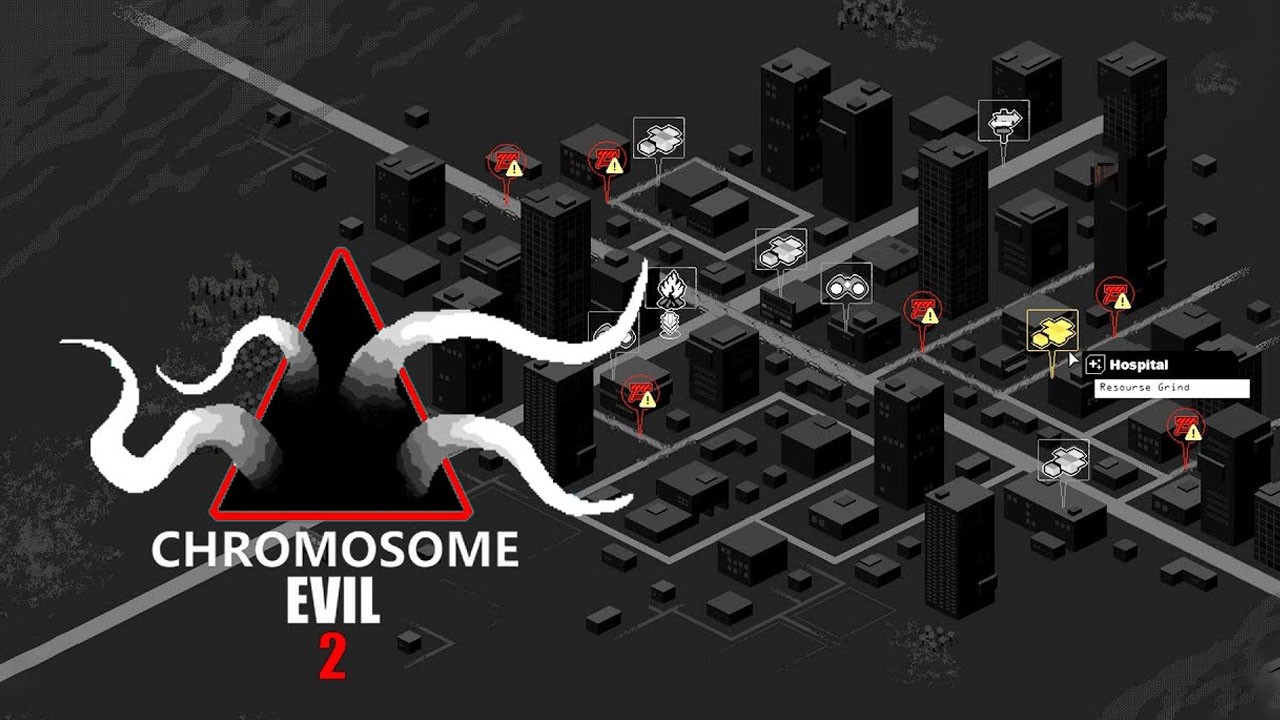Every day, children around the world face the harsh reality of bullying. As parents, it is our responsibility to equip our children with the tools they need to navigate these challenging situations.
But what about those moments when our children witness someone else being bullied, and become bystanders? These moments hold immense potential for positive change, if only we teach our children how to intervene.
In this article, we will explore the power of bystander intervention and discover effective methods to teach our children how to stand up against bullying. With the right guidance, support, and education, our children can make a difference and create a safer, kinder world.
The Potential Of Bystanders: From Passive Observers To Positive Upstanders
Bystanders possess an incredible potential to become upstanders and make a significant positive difference in bullying situations. While they may start off as passive observers, bystanders have the power to intervene and create positive change.
It is crucial for parents to teach their children about the importance of bystander intervention and empower them to stand up against bullying.
One key reason why bystanders often choose not to intervene is fear. The fear of becoming the next target, facing backlash from the bully, or even being ostracized by their peers can all contribute to their inaction.
Additionally, bystanders may believe that others don’t care or agree with the bullying, leading them to think that their intervention won’t make a difference. It is essential for parents to address these fears and misconceptions, emphasizing the power of a single person’s support in changing the dynamics of a bullying situation.
Overcoming Bystander Inaction: Understanding Fear And Misconceptions
To promote bystander intervention, it is crucial to address the factors that contribute to bystander inaction. Parents should talk to their children about the fear and misconceptions that often prevent them from stepping in when they witness bullying.
By emphasizing the importance of their actions and debunking these misconceptions, parents can encourage their children to become proactive upstanders.
One effective way to overcome bystander inaction is to teach children about the power of their support. Even one person’s intervention can make a substantial difference for someone being bullied.
This idea should be reinforced to children, letting them know that their actions matter and have the potential to change someone’s life.
The Power Of One: How A Single Person’S Support Can Change Bullying Situations
Children need to understand that they have the ability to make a significant impact on bullying situations, even as individuals. By simply showing support and standing up against the bully, one person can provide a glimmer of hope for the victim and potentially discourage the bully from continuing their harmful behavior.
Parents can teach their children various techniques for effective bystander intervention. This can include questioning the bullying behavior to make the bully reflect on their actions, using humor to redirect conversations and diffuse tense situations, and intervening as a group to show solidarity with the victim.
Additionally, children can offer to walk with the person being targeted or reach out privately to show support, demonstrating empathy and understanding.
Effective Bystander Intervention Techniques: Questioning, Humor, Group Interventions, And More
Parents should teach their children a range of effective bystander intervention techniques. These techniques equip children with the necessary skills to intervene in bullying situations confidently.
Some of these techniques include:
- Questioning the bullying behavior: Encourage children to ask the bully questions that make them reflect on their actions, such as “Why do you think it’s okay to treat others this way?”
-
Using humor to redirect conversations: Teach children how to use humor to diffuse tense situations and shift the focus away from the victim. – Intervening as a group: Emphasize the power of unity by teaching children how intervening as a group can show solidarity and discourage the bully from continuing their behavior.
-
Walking with the person being targeted: Encourage children to offer their support by walking with the victim, making them feel less alone and more protected. – Reaching out privately to show support: Teach children to reach out privately to the victim to offer their support and let them know they are not alone.
Parents should provide practical examples and role-play scenarios to help their children understand how to implement these techniques effectively.
The Role Of Teachers In Teaching Bystander Intervention: Moral Engagement, Strategies, And Empathy
Teachers play a vital role in teaching children about bystander intervention and fostering a supportive school environment. They can help students develop the necessary skills through various approaches.
One critical aspect is moral engagement. Teachers should encourage students to reflect on their moral values and the impact their actions can have on others.
By discussing ethical dilemmas and engaging in thoughtful conversations, students can develop a strong moral compass and a sense of responsibility towards supporting those who are being bullied.
Implementing strategies is another essential role for teachers. They should introduce specific strategies and techniques for bystander intervention, providing students with a toolbox of options to choose from when they witness bullying.
Teachers can facilitate group discussions, role-plays, and activities that allow students to practice these strategies in a safe environment.
Furthermore, teachers can foster empathy in students by encouraging them to consider the feelings and experiences of others. By teaching empathy, educators can create a culture of compassion and understanding, making it more likely for children to intervene when they witness bullying.
To enhance their teaching, teachers can utilize additional resources available on bystander intervention against bullying. These resources may include lesson plans, worksheets, and online modules that provide comprehensive guidance on teaching children about this important topic.
By teaching children about effective bystander intervention, parents and teachers can empower them to be upstanders and actively contribute to creating a safe and supportive environment for everyone. Through moral engagement, strategy implementation, and fostering empathy, children can develop the skills needed to stand up against bullying and make a positive difference in the lives of others.


